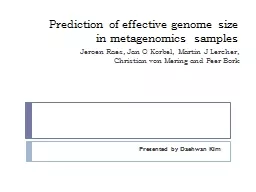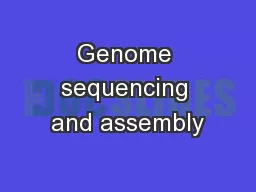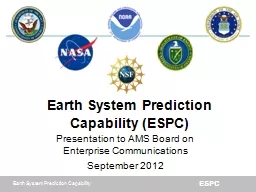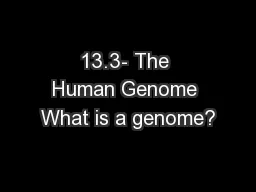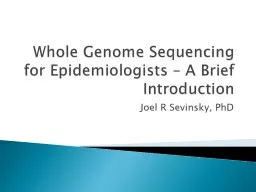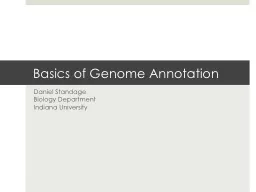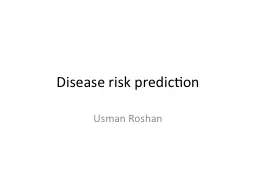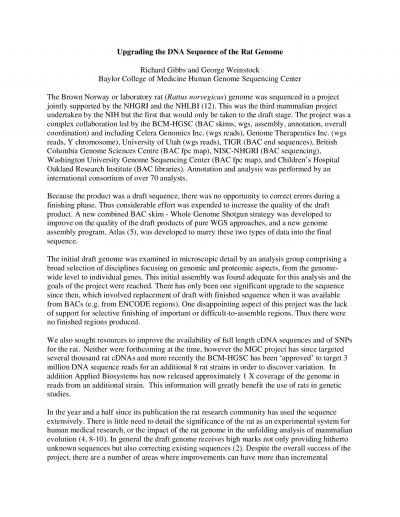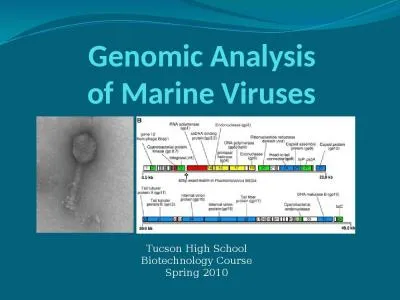PPT-Prediction of effective genome size in metagenomics samples
Author : faustina-dinatale | Published Date : 2015-09-27
Jeroen Raes Jan O Korbel Martin J Lercher Christian von Mering and Peer Bork Presented by Daehwan Kim Outline Genome size Genome sizes of Archaea Bacteria
Presentation Embed Code
Download Presentation
Download Presentation The PPT/PDF document "Prediction of effective genome size in m..." is the property of its rightful owner. Permission is granted to download and print the materials on this website for personal, non-commercial use only, and to display it on your personal computer provided you do not modify the materials and that you retain all copyright notices contained in the materials. By downloading content from our website, you accept the terms of this agreement.
Prediction of effective genome size in metagenomics samples: Transcript
Download Rules Of Document
"Prediction of effective genome size in metagenomics samples"The content belongs to its owner. You may download and print it for personal use, without modification, and keep all copyright notices. By downloading, you agree to these terms.
Related Documents

